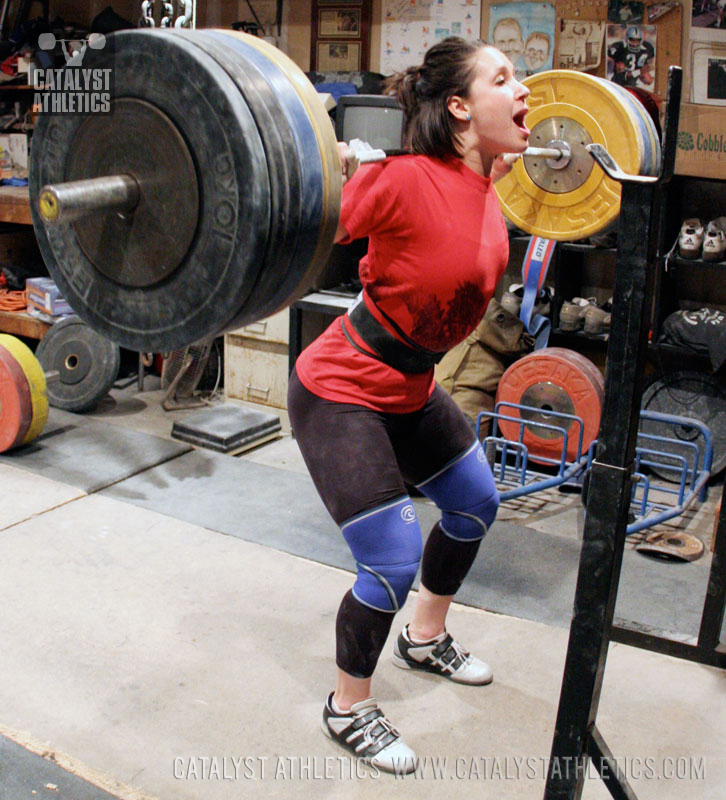I found this gem of an article published by Waxman's Gym (Lawndale, CA) which describes why "toes pointed slightly out" for weightlifting is biomechanically sound.
As stated in the article (linked above):
"With your toes slightly out, your hip flexors gain some slack which allows better pelvic tilt, better lumbar position, and a more vertical torso. Toes-out also allow the bar to start closer to your body since your knees and shins (tracking in the directions of your toes) will not be quite as far forward."
This article serves as a follow-up to the post I drafted about foot position in the set-up of the snatch titled "Snatch Set-up (Part 2): Foot Position". What's missing in my write-up are the specific reasons regarding body positioning in relation to the barbell and inherent biomechnics, and the above linked article does a great job at providing technical explanations supporting a slightly toes-out foot position.




